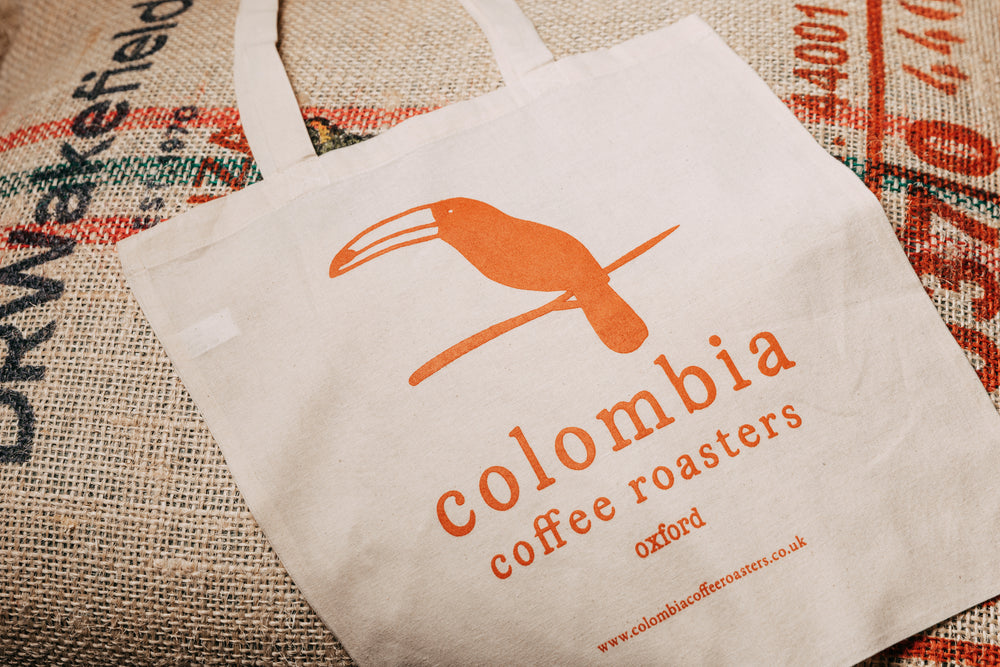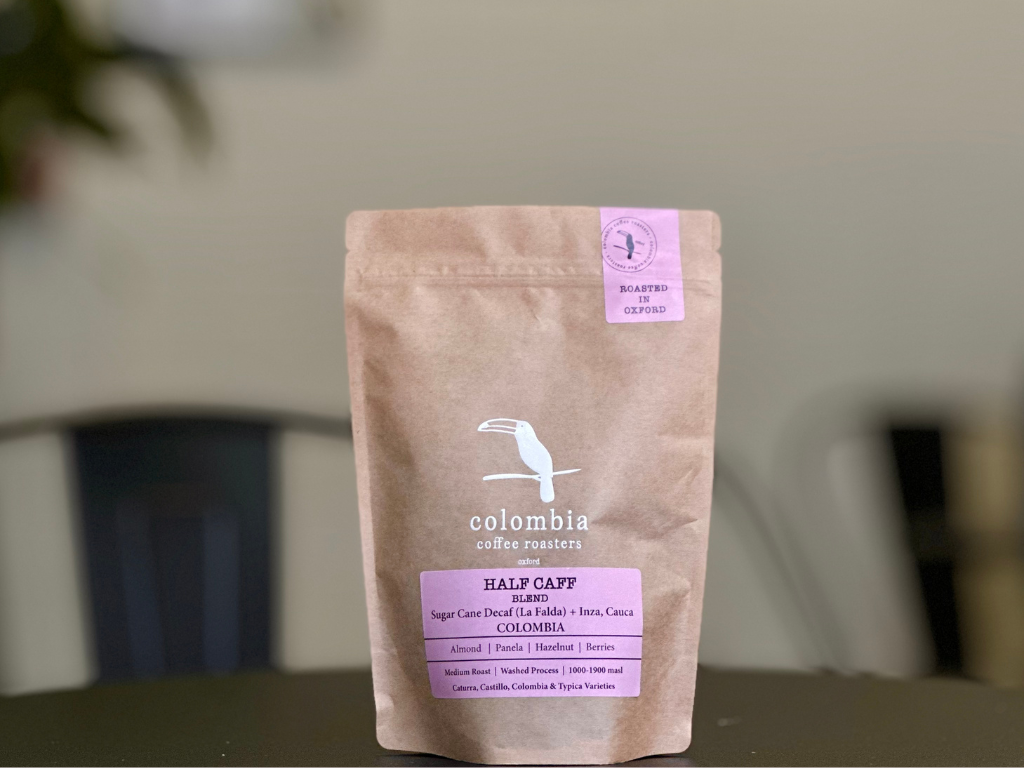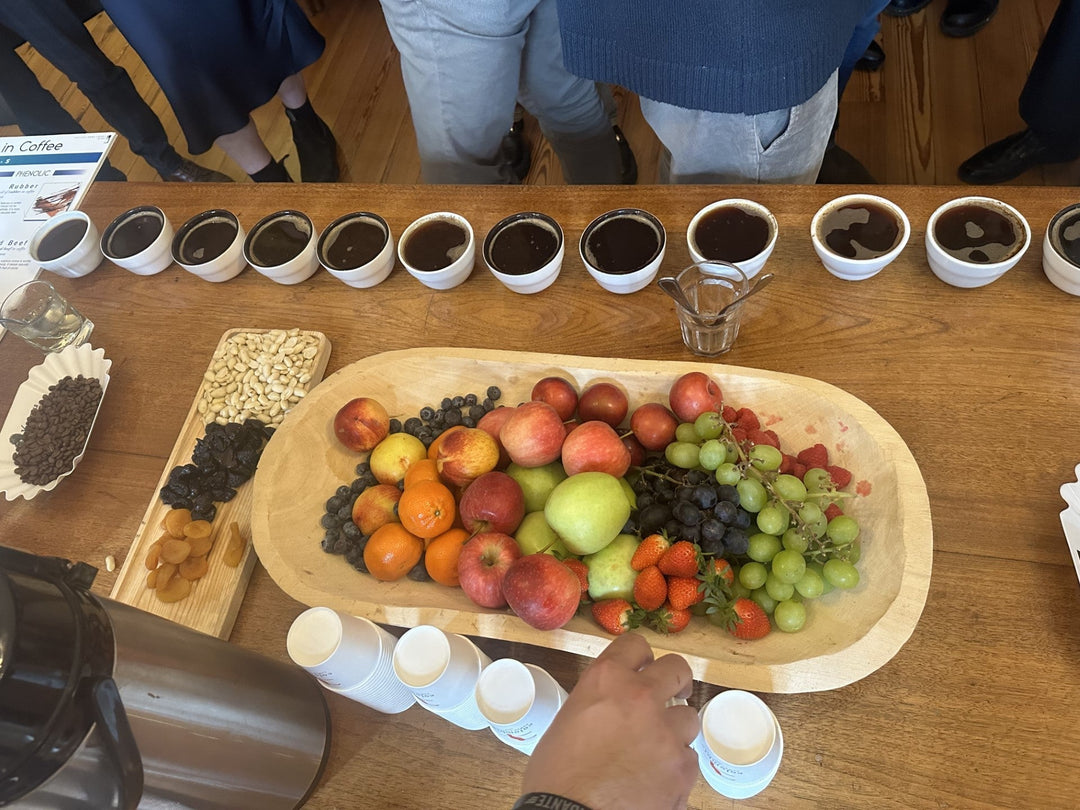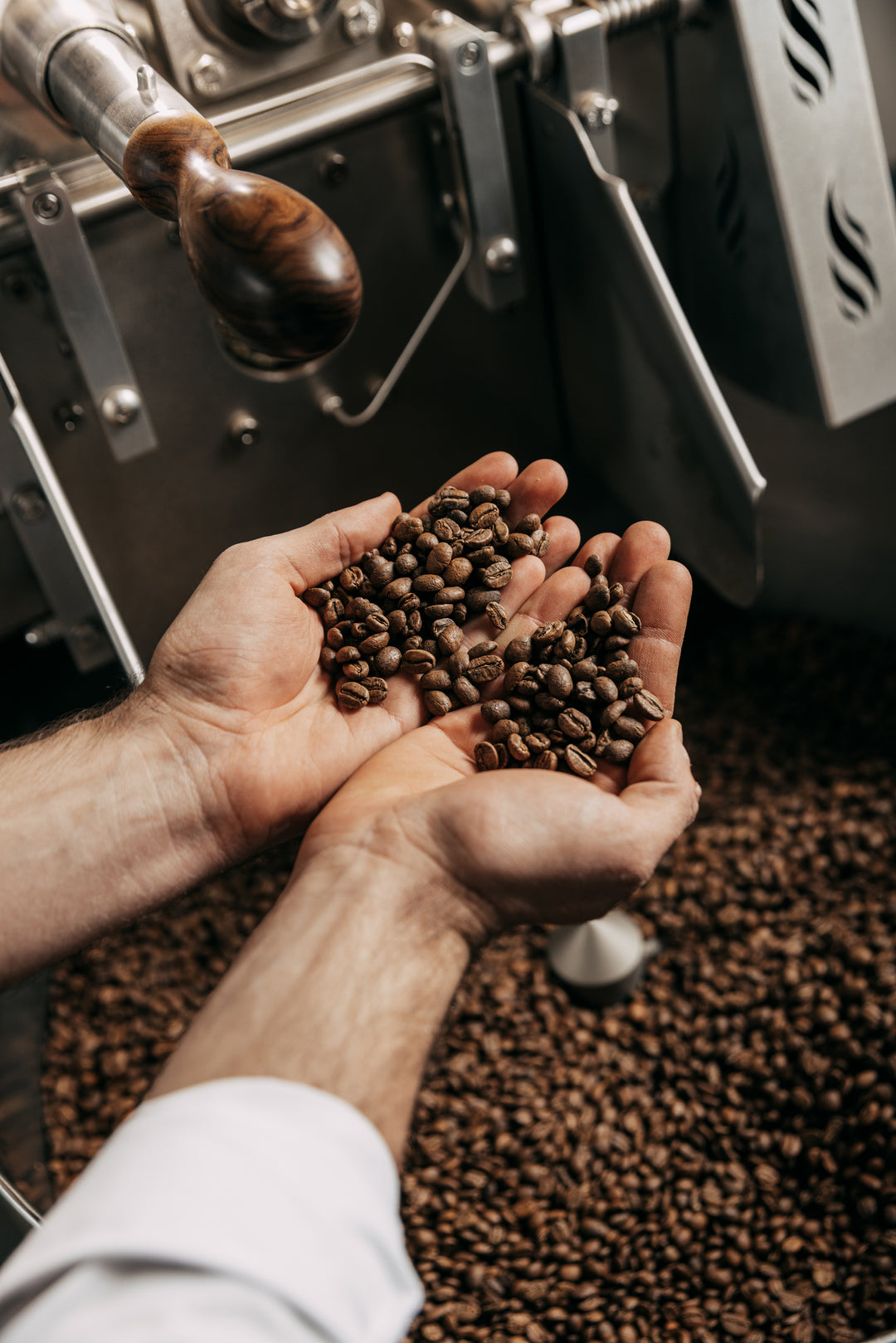Coffee roasting: Rate of rise (ROR)

Coffee roasting is a true skill that requires years of experience. There are many variables and details pre, during, and post-roast that can affect the outcome of your cup. From quality control to understanding roast profiles and packaging, all of these minor details can affect the cup quality and cup profile that customers generally enjoy.
A part of these minor details for roasters is understanding the rate of rise (RoR) in a roasting process and a roast profile. The rate of rise is an incredibly important aspect of roasting that can affect how well your coffee is developed and presented. It’s a determining factor as to how to quickly and how much heat is being applied to your coffee to avoid underdeveloping but also avoid burning your coffee. Read on to learn more about the rate of rise and why this is an important factor to understand when we are roasting your coffee.
Explaining Rate of Rise
Rate of rise is a common term that is continuously used among roasting professionals across the world. The rate of the rise is the rate at which the coffee temperature is changing within the roasting machine. Essentially, the rate of rise is the number of degrees changed per minute in the roaster and is measured in intervals of 30-seconds. Most roasters typically go for a rate of rise of about 5 degrees Celsius per 30 seconds or 10 degrees Celsius every minute.
The rate of rise is a good indicator as to how a coffee should progress through each phase of roasting. Essentially, it should communicate how quickly the drying phase is occurring, how quickly the Maillard phase is occurring, and how quickly the coffee is developing. It is also a good indicator to mitigate burning or under-developing a coffee.

Understanding How It Affects the Roast
The rate of rise can affect a roast in various ways that are both negative and positive. It can affect it positively if the rate of rise is controlled and steady. This ensures that roasts are properly developed and move through each phase promptly. It can affect it negatively if the rate of rise moves too fast and burns or if the rate of rise moves too slowly and does not reach optimal development.
Important variables to consider are bean densities, processes, and altitudes to begin. These variables can greatly affect how coffee is roasted as it can potentially require more heat transfer and more energy required to properly develop a coffee. For more dense coffees, such as coffees that come from high-altitudes or natural processed coffees, a rate of rise that is slower but has a longer roast time could allow time for these coffees to breakdown and develop to the optimal profile. With coffees that are less dense and complex, a standard rate of rise and slightly shorter development could work as well.

Rate of rise is an incredibly important part of coffee roasting. This part of roasting can make or break an entire production roast and could inevitably affect the cup. For coffees that are roasted with an ideal rate of rise in mind, check out our coffee offerings here!








